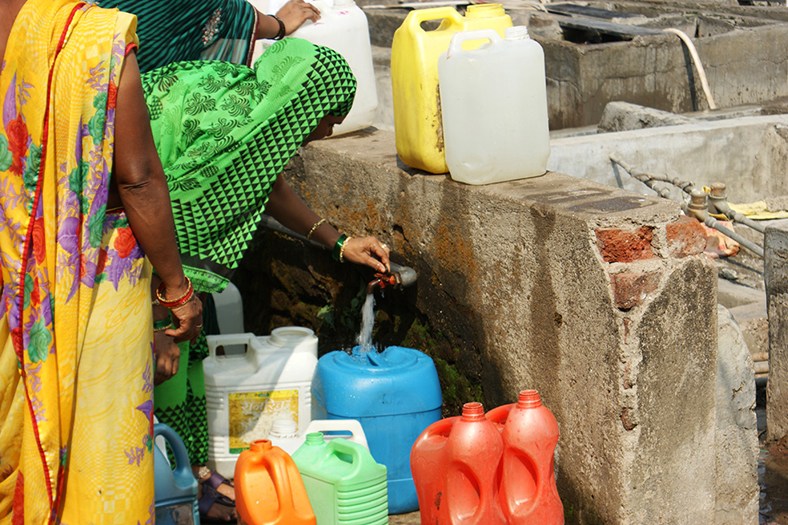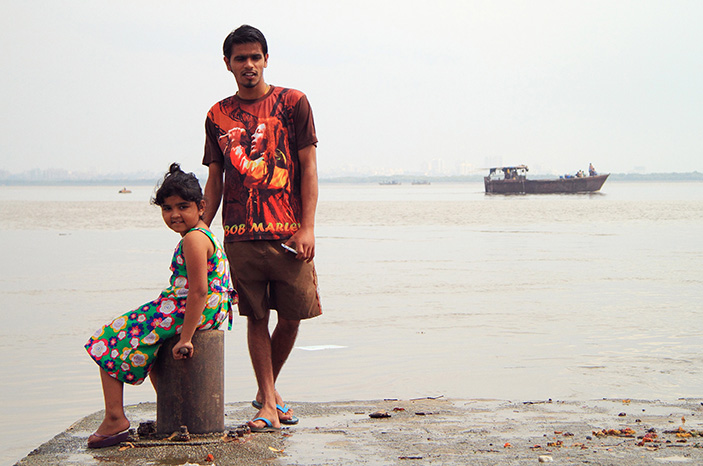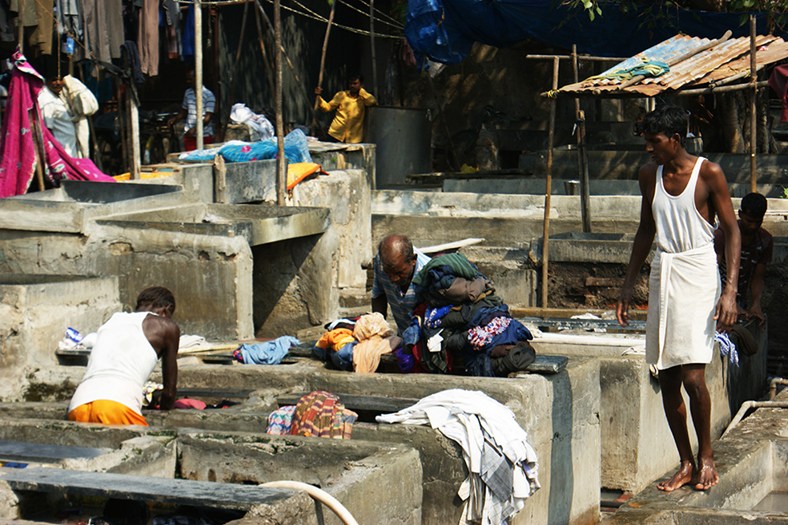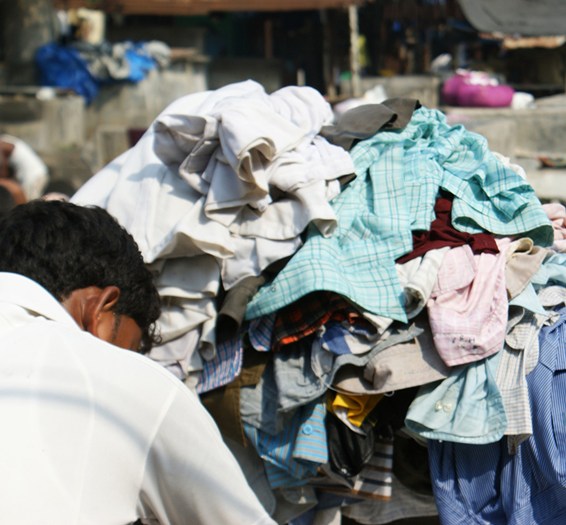MUMBAI - The busier the better. Odd, because I’m a small-town kid, but I find fast-paced frenzied cities like this is where I feel most at home. And it doesn’t get any more frenzied than Mumbai, India’s most populous city.
A return trip to India was a first to include Mumbai, a place that’s unlike anything you’ll see in this vast, complex nation, yet Mumbai remains quintessentially Indian.
Nowhere will you see a better example of India’s in-your-face contrasts of class divisions, poverty, the underprivileged, the growing middle class and the extremely rich than in Mumbai.
Mumbai is a polarizing place for travellers — some who visit, sadly never want to return. Others just keep coming back.
One of the things I enjoy most when taking in a new city is to see it in the early morning hours. Whether it be a sleepy morning stroll in peaceful Kyoto, or watching a hazy morning glow rise over Cairo’s madness, a city in the early hours gives me a great perspective as the sun rises, streets fill up and commerce catches its groove.

Right: Women collect water wearing colourful outfits and carrying colourful bottles.
So, despite arriving at my Mumbai hotel at 2 a.m. after a long international flight, I was on the already chaotic streets jostling with people and cars by 5:30 a.m. I was not alone. The koli fisher folk, fruit and vegetable market stallholders, newspaper sorters, office workers — and even a few cricketers — had already begun their day.
In many ways, Mumbai remains the small fishing village it started out as centuries ago. So, a stop at the Sassoon Docks, where, for as long as people can remember, the daily catch has been brought in aboard tattered wooden boats and then auctioned off and distributed across the city, is the natural place to begin my early morning tour.
The dock area is dark, wet, slippery and very busy by the time I arrive. I walk up from a side road lined with ice-crushing factories — an industry that thrives in a city so reliant on the daily catch — and a collection of people who make this very manual process run so efficiently. In a world full of clichés about “stepping back in time to see the way it was centuries ago,” here it seems this is the real deal.
In India, men do the fishing and women take over from there, so the grounds of the market are a colourful sight — women wait in their decorated saris while others sit peculiarly on their plastic bins that soon will hold their purchase. While men move the catch from boat to dock, the women laugh amongst themselves like gossiping schoolgirls.

Left: People are up early in Mumbaiu and congragate in the busy dock area for the daily catch.
I watch as the relay of fishermen load up their thatch baskets and then casually throw them from the boats to the men waiting on the dock — a notable distance away. Not a single fish is dropped. I’m told “this is how we (Indians) got so good at cricket.”
Bombay Duck, an odd looking, almost transparent fish (not a duck), seems to be in great demand at the market. The fish, whose bones are so soft they can be eaten, was favoured by the British when they ruled India. But because it’s a fragile fish, it can’t be transported very far. Maybe I’ll order it for dinner.
By the time the rising sun casts a glow over Mumbai, the market is in full swing. Mini auctions are being held and women are aggressively haggling with the vendors. When they finally agree on a price, the women load their baskets, put the overflowing bins on their heads and disappear into the throng. The noise is deafening but the atmosphere is electric.
“If any menu in Mumbai tells you that they have the best and freshest fish of the day,” I’m told by a Mumai expert, “the truth is the best and freshest catch of the day always goes to the Koli women’s children.”
The Koli fisher folk are a very distinct group — among the original inhabitants of the seven islands of “Bombay” — who prayed to the Goddess Mumba Devi, from whence Mumbai gets its name.
Koli women are known to be somewhat, can we say, excitable and boisterous. They make their presence known throughout the market but are respected for their hard work and economic independence. Sadly, no photographs are allowed to be taken in the market. This was one of the locations where terrorists arrived before holding hostages for three days after they launched their attacks on Mumbai on November 26, 2008, so security remains tight.


Left: The outdoor laundry is one of the top tourist spots in Mumbai. Right: Workers dive into a mountain of clothes.
From the Sassoon Docks, I head to Crawford Market, another of the city’s massive bazaars, where trucks laden with chickens are being unloaded. After being weighed, men carry up to 80 chickens on a modified back harness into the market. It’s an amazing sight.
I wander aimlessly through the fruit and vegetable market, where the air is perfumed with the spices of India. Flower vendors try to get me to buy colourful garlands and lotus flowers — here the fragrances are much more pleasant.
The roads leading to Crawford Market are a beehive of activity; herbs and vegetables are sold out of burlap sacks while a few metres down the road, men sharpen knives on bicycle-powered turning stones, taxis and rickshaws call for attention, and uniformed school children head off to class.
The day has clearly begun in Mumbai and I haven’t even had breakfast yet.
Bustling is a word that is thrown around a lot in the travellers’ lexicon, but Mumbai defines this. People, cows, carts, motorbikes, bicycles, goats, dogs, trucks, cars —they all share space on the city’s increasingly modern streets.
Mumbai has its attractions, the ingenuity and hard-working nature of its people being one of them. And the best time to see it is in the morning light.
Information
The best way to tour Mumbai is with an organized tour group. Tour East Holidays offers many packages which include stops and tours of Mumbai. Tour East can also arrange the lowest airfare to India. Go to
www.toureast.com for details.
About the Author

Having gained a keen interest in travelling as a boy, taking road trips with his family and sitting on the back of his father’s motorcycle, Steve is grateful to have had the opportunity to feed that interest further abroad. He’s visited some of the world’s oldest cultures and has driven through Vietnam on his motorcycle – gaining an appreciation for that beautiful country’s landscape and people along the way. Living for four years in Asia with his wife, he still considers it his second home, and relishes any opportunity to get back and visit old haunts and venture off somewhere new. With an ever-present interest in the world, his stories vary from a drive down Big Sur to a zip-line adventure in Thailand. Experiences in Israel, Egypt and India are among the most memorable alongside his passion for Asia, and it’s the small things that hold a strong place in his memories. From a lengthy hike along rice terraces with Hmong villagers to a walk in the neighbourhoods behind a Jaipur market to a simple glass of ‘Bia Hoi’ with some new friends in a Saigon alley, Steve finds the world to be a pretty awesome place.